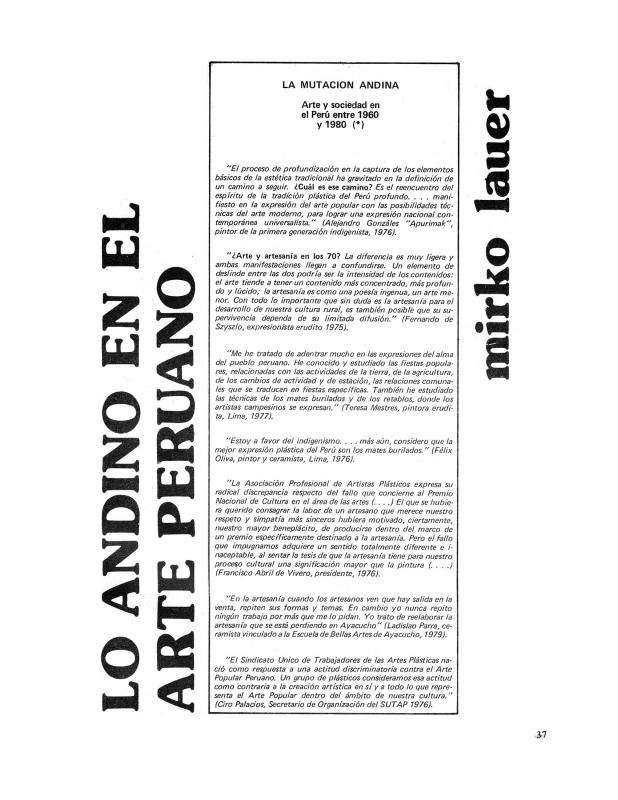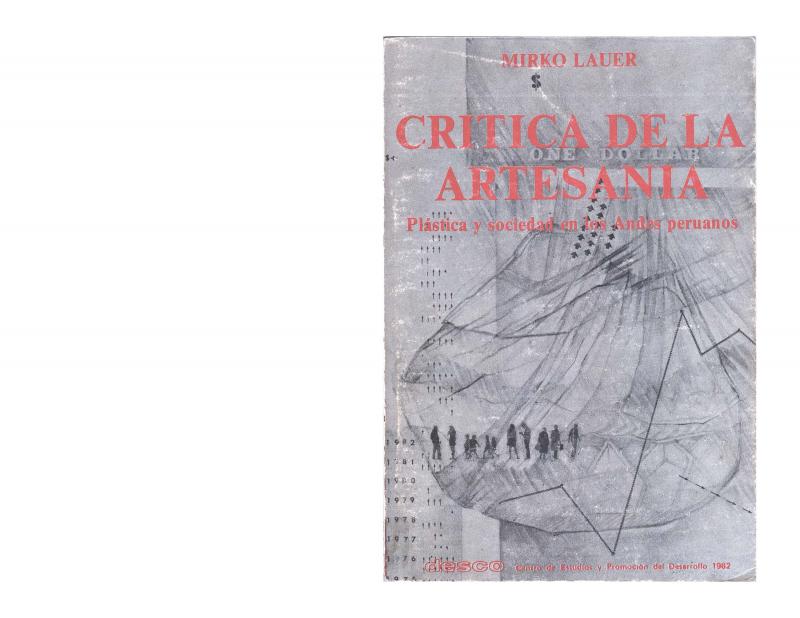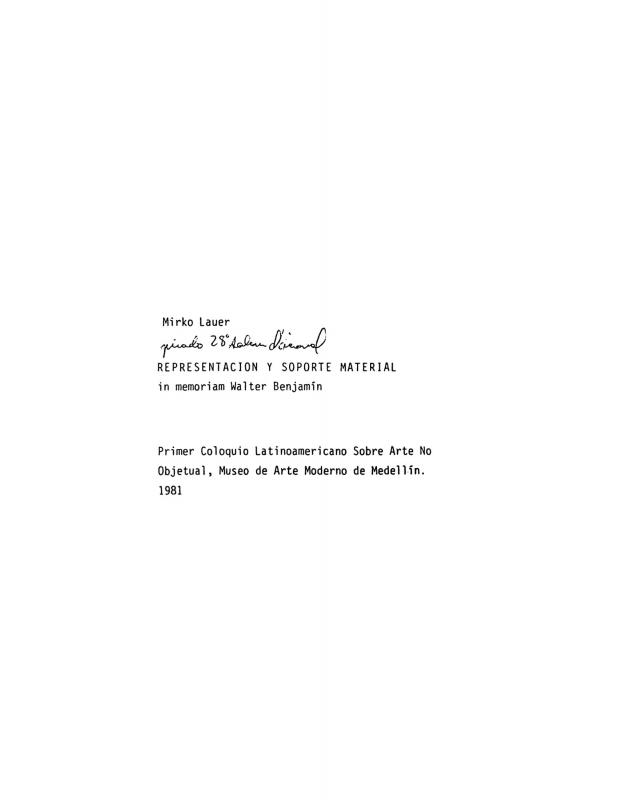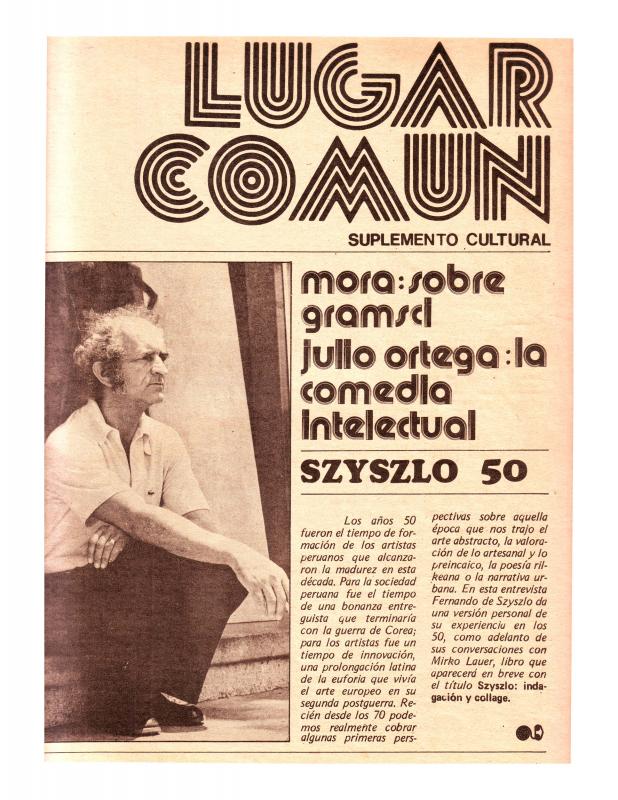In this review the Czech-born Peruvian writer and critic Mirko Lauer (b. 1947) discusses the debate sparked by the jury’s decision when awarding the 1975 National Culture Prize. Lauer supported some of the more radical policies of General Juan Velasco Alvarado’s regime, including the decision to award the prize to López Antay. Lauer had also worked in the Agrarian Reform press office, where he wrote the copy for several important agrarian reform propaganda posters that were designed by the artist and designer Jesús Ruiz Durand (b. 1940). Lauer would return to the subject of the López Antay controversy in articles such as “Lo andino en el arte peruano” (Sociedad y política N° 8, Lima, February 1980) and Crítica de la artesanía. Plástica y sociedad en los Andes peruanos (Lima: DESCO, 1982), both of which were reprinted for this project.
An announcement on December 26, 1975 confirmed that the National Culture Prizes (for the 1973–74 biennium) had been awarded by the Peruvian government through the Instituto Nacional de Cultura to honor the greatest contributions to the development of Peruvian culture. The jury’s decision in the art category (which had traditionally included painting, sculpture, music, and architecture) ignited one of the most heated debates in the history of Peruvian art. The ensuing controversy underscored simmering tensions and suspicions regarding the cultural policies of the revolutionary government of the armed forces led by General Juan Velasco Alvarado (1968–75). This administration claimed to be committed to a progressive agenda, a claim supported mainly by the Agrarian Reform of 1969 which was accompanied by the government’s enthusiastic attempt to glorify the image of the peasant population and lifestyle at the expense of other forms of cultural expression that were considered more “Western.” On this occasion the prize was awarded to Joaquín López Antay (1897–1981), who was chosen over well-known visual artists such as Carlos Quízpez Asín (1900–83) and Teodoro Núñez Ureta (1912–88) and the German-born academic musician Rodolfo Holzmann (1910–92).
[As complementary reading, see in the ICAA digital archive the following articles by this author: “Lo andino en el arte peruano: la mutación andina: arte y sociedad en el Perú entre 1960 y 1980” (doc. no. 1136429); “Crítica de la ideología del arte” (doc. no. 1136512 ); “Juan Javier Salazar: la refrescante aventura de un anti-plástico” (doc. no. 1293689); “Representación y soporte material in memoriam Walter Benjamin” (doc. no. 1098871); and “Szyszlo 50” (doc. no. 1142996)].




